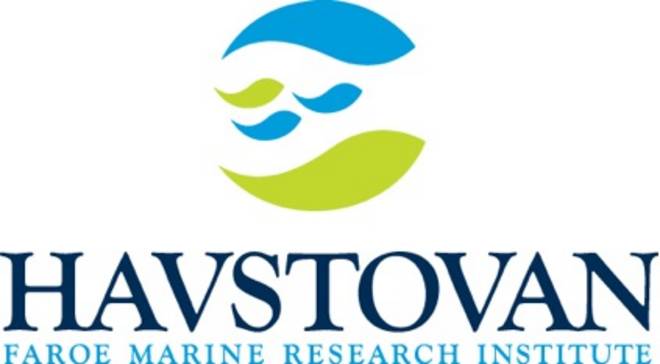| Short Name: HAVST |  |
| Country: Faroe Islands |
Description
HAVSTOVAN is the Faroe Marine Research Institute, FMRI. HAVSTOVAN (short name HAVST for the Eurofleets+ proposal) is a governmental institute with the objective to conduct research on the marine climate and ecosystem in Faroese waters with the emphasis on commercially exploited fish stocks, to communicate the results and to provide the Government of the Faroe Islands with advice based on its research.
HAVST conducts regular research cruises with the institute’s research vessel, Magnus Heinason, focusing on the different components of the ecosystem. Through these activities, HAVST has collected time series on the physical conditions as well as the different trophic levels of the ecosystem. Fisheries technology and methods are also studied.
RV Magnus Heinason is a 44,5-metre-long ocean-going vessel, built in 1978. The vessel is equipped with e.g.
-
demersal and pelagic trawls,
-
EK-60 (38 and 200 kHz) echo sounders,
-
CTD (Sea-Bird Electronicts 911 plus) equipped with rosette, fluorometer, PAR sensor and oxygen sensor,
-
Plankton nets (WP2, Multinet, Bongo-net, MIK-net)
-
Laboratories.
-
Electronic system for registration of fish catches
-
Room for 5-7 scientific personnel.
NB: A new research vessel is under construction and is planned to be operative in 2020.
Role
Access to Research Vessels and related infrastructure: HAVST are involved in WP2 Transnational Access. Providing access to: RV Magnus Heinason [Regional] and the new research vessel which is under construction and is planned to be operative in 2020.
HAVST will also undertake activities in WP1 Project Management, WP3 JRA and WP5 Stakeholder Engagement.
Modality of access: The vessel will be available for periods when it is not used by HAVST in July, for a period of 10 days in September-October and in November-January.
Outreach to new users: The vessel’s home port of Torshavn, Faroe Islands, is located on the submarine ridge between Scotland and Iceland and at the gateway to the Norwegian Sea giving users direct access to the survey area in the Norwegian Sea and also the North Atlantic areas south and west of the Faroes.
